July 5, 2024: During Falmouth’s summer breeding season, male Least Terns catch and present fish to their female partners, reinforcing pair bonds, demonstrating the ongoing ability to provide, and supporting female nutrition during the hatchling and fledgling stages. This pair was recently seen along Surf Drive.
In the middle of the breeding season on Cape Cod, adult male least terns engage in a behavior known as courtship feeding to provide food for adult female least terns. This behavior serves multiple purposes, including reinforcing pair bonds, demonstrating the male’s ability to provide for the female and future chicks, and possibly contributing to the female’s nutritional needs during egg-laying, incubation, and after chicks hatch. Here’s how the process typically unfolds:
1. Foraging: The male least tern catches small fish, which are the primary food source for these birds. He forages in nearby waters, often diving to catch his prey.
2. Presentation: After catching a fish, the male returns to the nesting area where the female is usually found. He holds the fish in his beak, often displaying it prominently as he approaches the female.
3. Courtship Display: Upon reaching the female, the male may engage in a courtship display. This can include posturing, vocalizations, and other behaviors to attract the female’s attention and signal his intent.
4. Feeding: The male offers the fish to the female. If she accepts, she takes the fish from his beak and eats it. This act of feeding helps strengthen the pair bond and ensures that the female has enough nourishment, which is particularly important during the energetically demanding breeding season.
5. Repeat: This behavior can occur multiple times throughout the breeding season, especially during courtship, incubation, and after eggs hatch.
Courtship feeding is an important aspect of the breeding ecology of least terns, contributing to the success of their reproductive efforts.

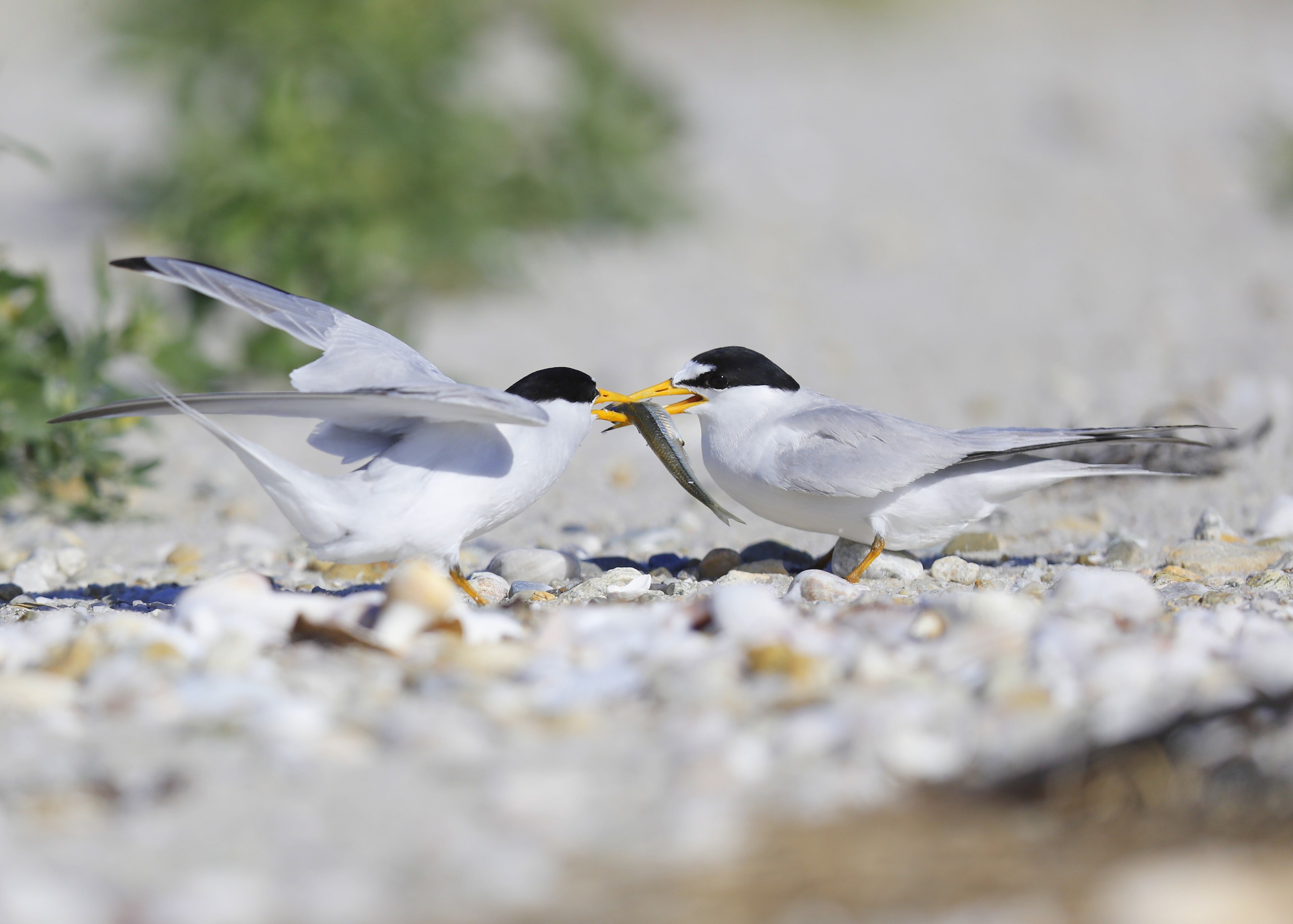
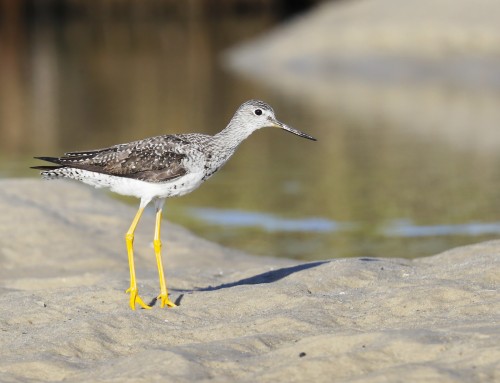
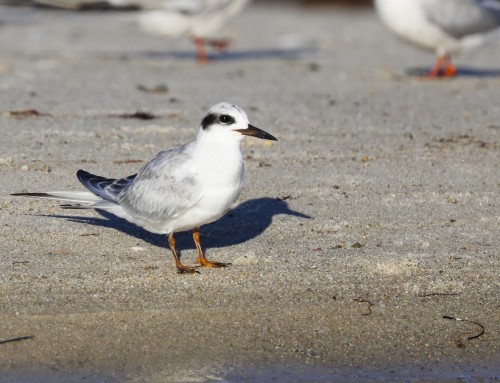
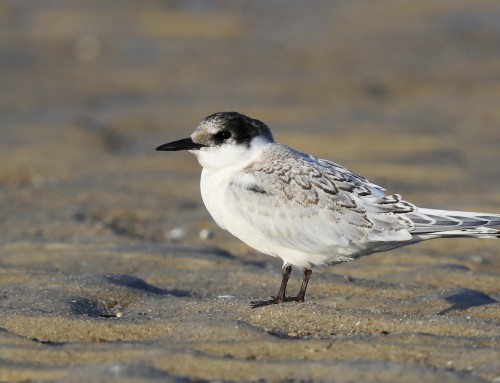
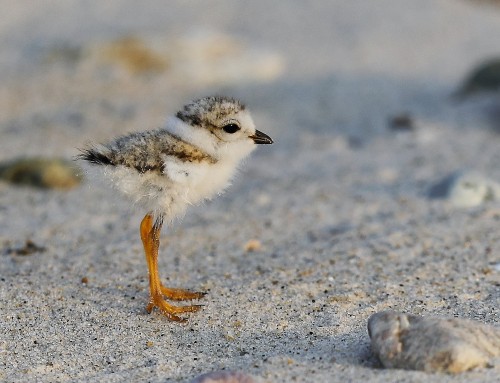
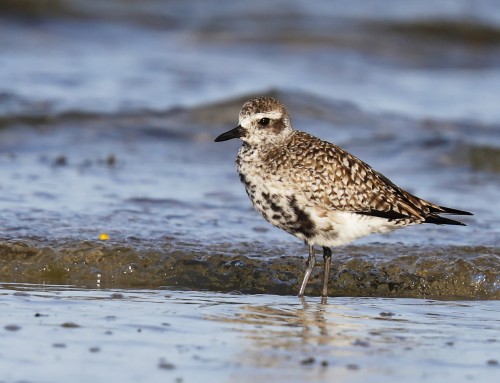
Leave A Comment
You must be logged in to post a comment.